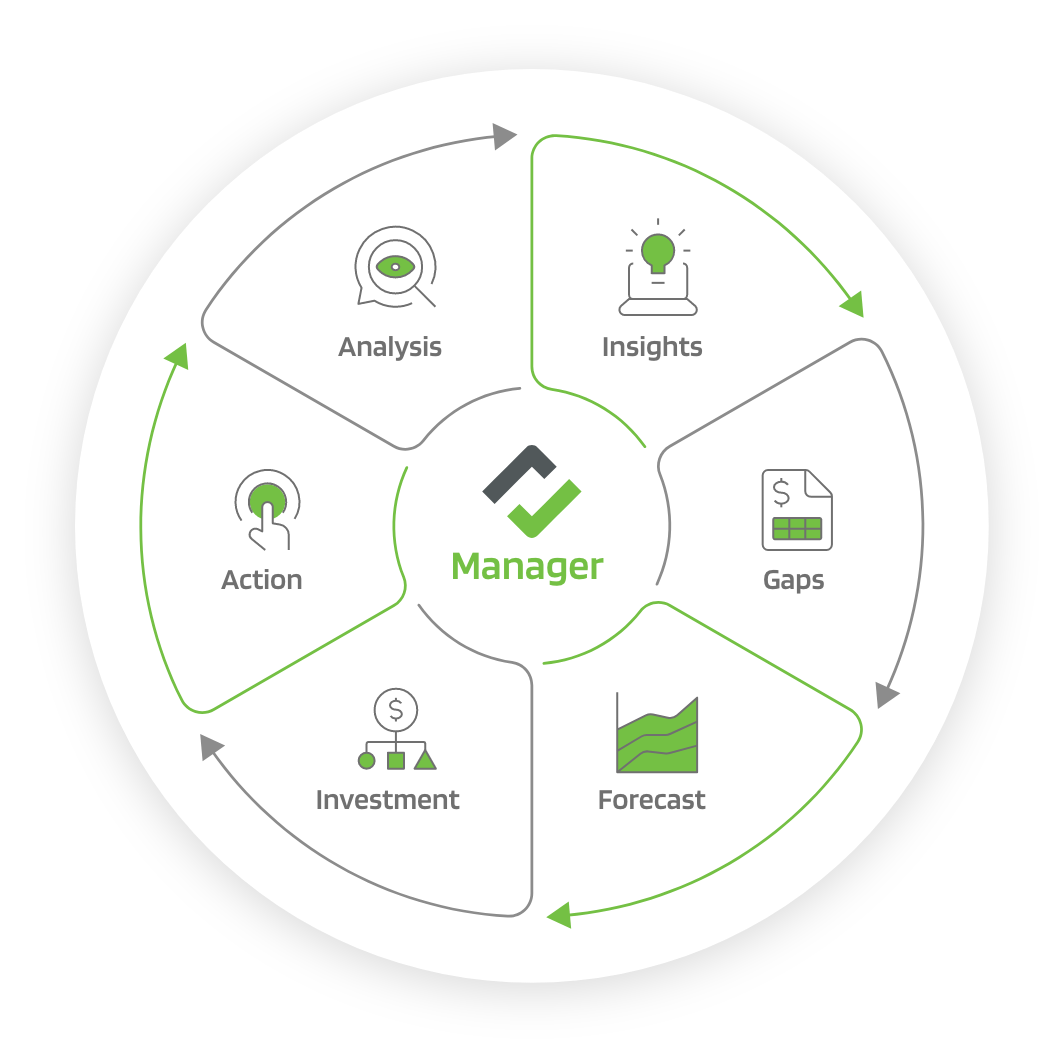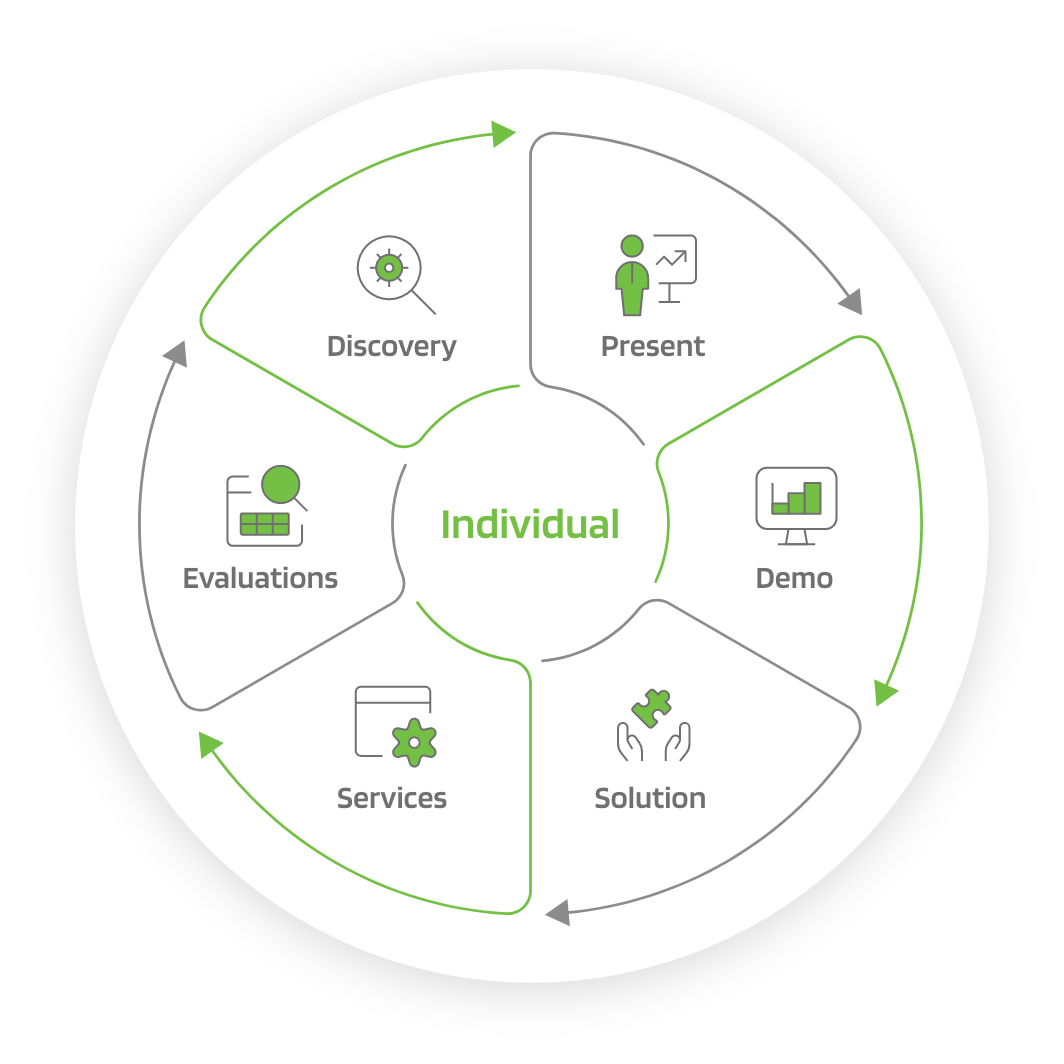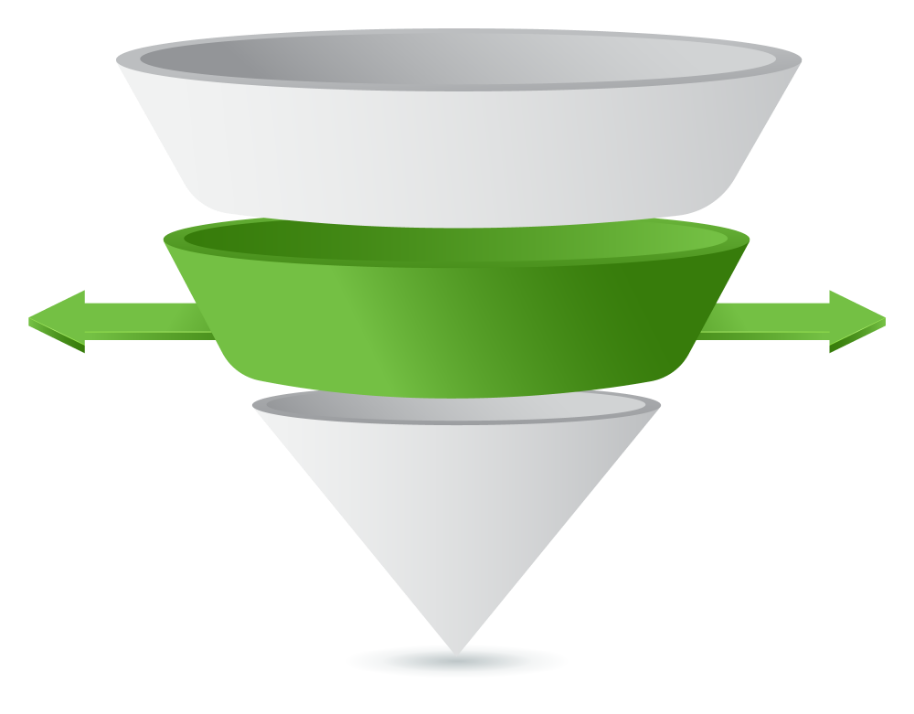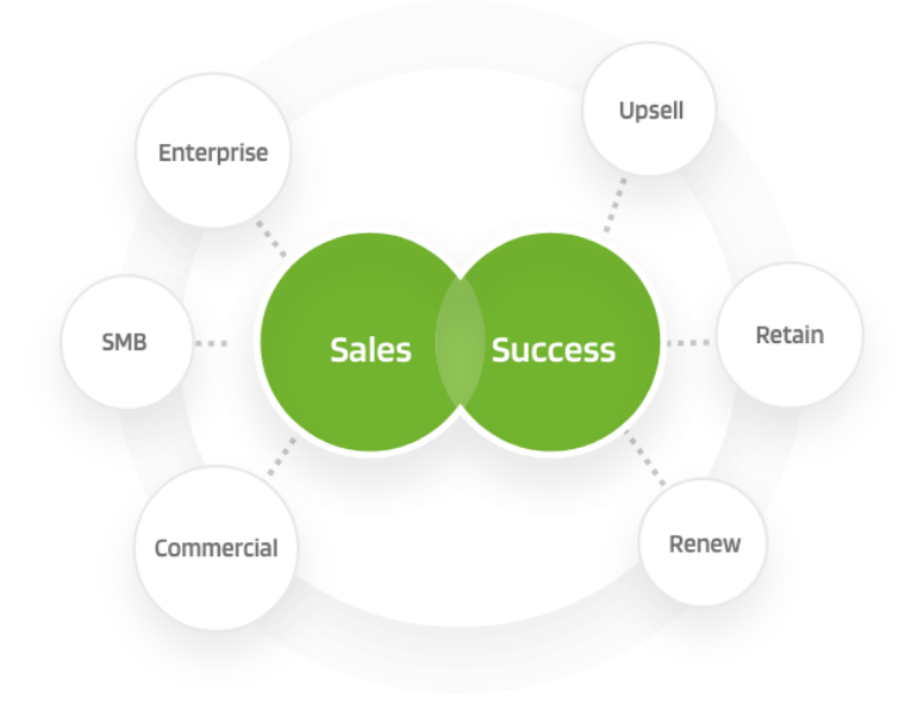
Technical Sales by Hub
Using Technical Sales Leadership to Drive Success

As a technical sales leader, continuous analysis of your business plays a crucial role in your business trajectory.
Presales, sales engineers, solution architects and technical sales operate in a highly dynamic business environment where multiple factors are rapidly evolving. Leaders of these global organizations need continuous analysis to run their businesses effectively. The quality and structure of the data that leads have directly impacts that analysis and improves the confidence level of business decisions. The ability to analyze past, present and future data will also influence management decisions. Here is a simple guide for technical sales leaders to help you analyze your business towards success. Enjoy.
Technical Sales Leadership: The Analysis of your Business is the Key to your Success
Three simple steps to improve the analysis of your business.
Step 1: Data
We live in a world where data-driven decisions are necessary to effectively run a business.
- Structured Data: Ensure the ongoing efficacy of your structured data to accurately reflect the business.
- Semi-Structured Data: Wrangle other data sources, if the ROI is there, to get a broader view of your business
- Unstructured Data: Digitize your workflow and unify your unstructured data to get a complete picture of the business
Step 2: Confidence
We must make business decisions with imperfect data and confidence levels that eventually guide us to the right decisions.
- High Confidence: Timely, accurate, and structured data with a history of being accurate improves the confidence level of decisions.
- Medium Confidence: Data that is manually entered once per week only provides part of the picture and delivers a medium confidence level.
- Low Confidence: Data that is entered inconsistently across various systems can lead to errors, frustration, and low confidence levels.
Step 3: Trend
Time is the most precious and constant commodity that forces management decisions. Analyze your technical sales business on an ongoing basis so you can own your success.
- Past: Backward-looking analysis, based on lagging indicators, is informative and allows for corrections after costs have been incurred.
- Present: Real-time corrective actions, based on leading indicators, enable decisions to get things back on track.
- Future: Predictive analysis can be powerful if the underlying data integrity is high, so as to minimize false positives and negatives.








